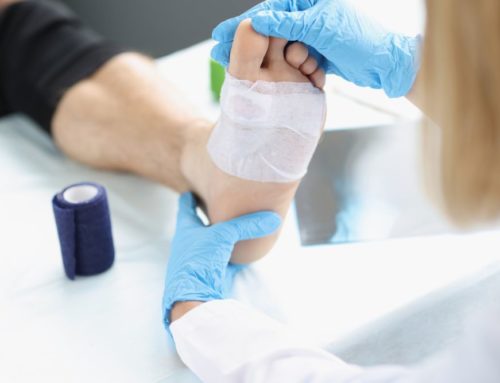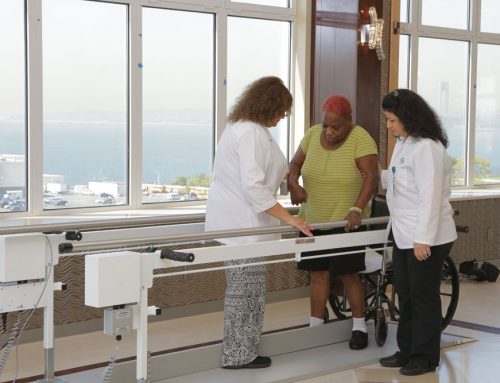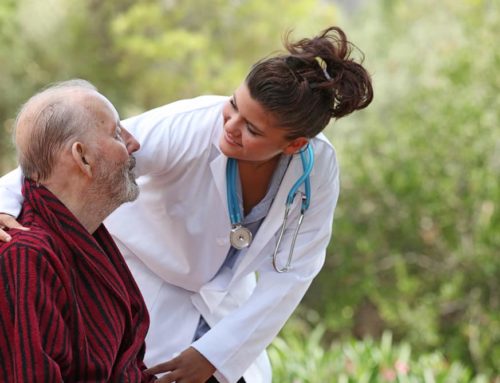Wounds have multiple causes, including surgery, traumatic events, or accidental injuries. When properly cared for, they heal well with no issues or consequences. Unfortunately, as gateways for bacteria to enter the body, some skin breaks become infected, which can then spread. So, how do you know if a wound infection is serious and needs treatment?
Learning the signs of infection is the first step to preventing it. Proper wound care is essential, including cleaning, dressing, and antiseptic or antibacterial creams to reduce the likelihood of infection. Severe cases may require an infectious disease specialist to treat the wound and prevent further complications.
For more information on wound infections and what to watch for, check out the following sections.

When Should I Be Worried About a Wound Infection
Wounds occur quite frequently, though most can be treated by gently washing the wound and using clean dressings. Of course, there are some instances where wounds are more likely to become infected. These include:
- Deep punctures or lacerations – Though shallow wounds can be cared for at home, deep wounds are more concerning. This is especially true if muscle or tendons are visible since these could result in more severe damage. To prevent infection in such sores, seek medical attention as soon as they occur for proper treatment.
- No healing – After a wound occurs, signs of healing are usually visible within a few days. If you don’t see any improvement within a week, such chronic wounds may require specialized care. Medical professionals will offer the proper treatment to prevent further complications.
- Chronic health conditions – Certain conditions, including diabetes, mobility issues, or a weakened immune system, can increase the risk of infection. Those of advanced age heal slower, as do those with vitamin and nutrient deficiencies. If you have any of these conditions and sustain any wound, you should monitor it closely for infection.
- Bite wounds – Wounds containing saliva always have a higher risk of infection due to the high range of bacteria involved. For instance, animal bites may contain Staphylococcus, Pasteurella, Capnocytophaga, or Streptococcus bacteria. So, bite wounds can be serious. Human bites are also often filled with infection-causing bacteria, requiring extra attention to prevent serious healing issues.
Though some wounds have a higher risk of infection, improper care of even simple sores could cause issues. Monitor any wound to prevent infection and seek medical care if you are concerned about healing.
What signs make it serious?
If you think an infection has set into your wound, certain signs will alert you to the problem. These can include pain, swelling, redness, or warmth in or around the wound area. The edges may look like they are pulling open, and you may notice odorous yellow, green, or white fluid drainage. Red streaks leading from the wound are also a common sign of serious infection.
You may notice other symptoms that may seem unrelated to the wound. Such signs include fever, chills, aches, nausea, or vomiting. If you observe these symptoms or have concerns about the healing process, speak to your doctor immediately.
This content comprises informative and educational resources only and can not be considered as a substitute for professional health or medical guidance. Reliance on any information provided in this article is solely at your own risk. If you have any inquiries or apprehensions about your medical condition or health goals, talk with a licensed physician or healthcare provider.






Leave A Comment